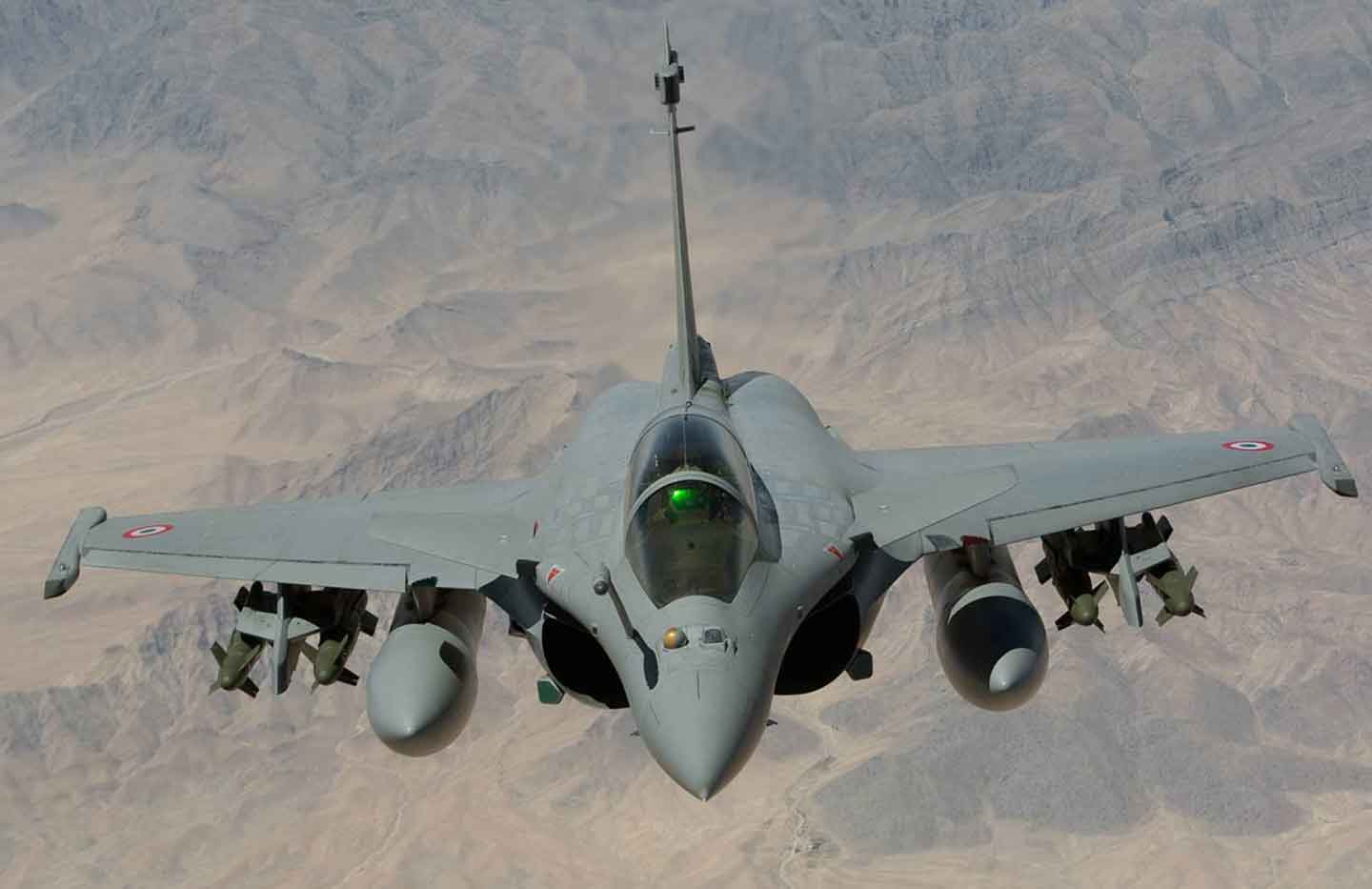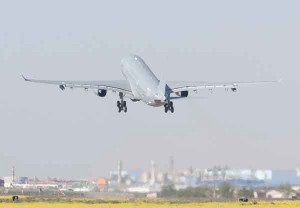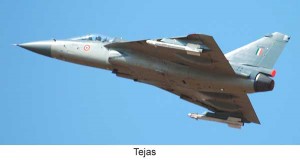After the nightmare of recession, the airline industry is convincingly on the path to recovery. The mood in European as indeed, in the global aviation industry, is definitely upbeat. In fact, the pace of recovery is faster than anticipated, and accelerating. During December last year, Airbus released its Global Market Forecast (GMF) for the period 2010-2029. That document forecasts a 4.8 per cent annual increase in global passenger traffic. It anticipates that around 26,000 new passenger and freight aircraft, valued at a whopping $3.2 trillion will be required to meet the burgeoning demand for flight services during the next two decades.
Boeing’s long term predictions are even more optimistic than those of Airbus. Boeing feels that the global airline industry will need $3.6 trillion worth of new aircraft, around 30,900 between now and 2029. The largest demand would be from the Asia Pacific region which is expected to carry a third of the world’s passenger traffic by 2029, overtaking US and Europe. An emerging economy in the Asia Pacific region, India is an important stakeholder in the global civil aviation industry.
India is today one of the fastest expanding aerospace markets in the world as a growing number of airlines and corporate houses are expected to acquire about thousand planes over the next 20 years.
At the same time, its strategic compulsions dictate the need for investment in military aircraft. This article examines the interplay India has in both, civil and military areas with the European aerospace industry.
Indian Connection
According to a study entitled “Indian Aerospace Industry Analysis” by RNCOS, a market research company, during past few years, the Indian defence segment had been dominating the aerospace industry on account of increasing security concerns. However now, growth in the civil segment of the aerospace industry is higher than in the military segment. The report sees some sub-segments expanding rapidly and attracting various global aviation companies but indigenous accomplishments remain modest. Despite an unenviable manufacturing prowess in the aviation sector, India is a major global aerospace market. There are several reasons for this.
Firstly, since the opening up of Indian skies in 2003, despite frequent turmoil and government apathy, the civil aviation market has been growing. Secondly, substantial defence spending is forthcoming in pursuit of the nation’s strategic vision. Thirdly, India’s indigenous space programme is an area that generates considerable industrial activity in the aerospace sector. Yet another factor is the remarkable growth in technological and manufacturing capabilities of Indian industry both in the public and private sector. India has the advantage of lower labour costs, availability of talent, information technology edge and its location between the major markets in East Asia, the Middle East and Europe.
Before 2000, state-owned firms such as Hindustan Aeronautics Limited (HAL) dominated the local aerospace market. The indigenous aerospace industry developed primarily through work outsourced by aerospace majors both Indian and foreign. The larger private sector firms such as Larsen & Toubro, Mahindra & Mahindra and the Tata Group are acquiring the capability to undertake major aerospace related work such as airframe manufacture. In 2001, the government allowed 100 per cent domestic private investment in the defence sector and foreign direct investment of up to 26 per cent with conditions. The rules have been further relaxed over the past three years in the defence sector, with the private sector now allowed to become Tier 1 suppliers in military contracts and giving foreign firms greater flexibility in their choice of local partners.
The US F35 could severely constrain the scope in this market segment for the European aerospace industry which is the market leader in the field of helicopters.
India’s aerospace and defence industry has had a smooth take-off ever since the government initiated its open skies policy a few years ago. India is today one of the fastest expanding aerospace markets in the world as a growing number of airlines and corporate houses are expected to acquire about thousand planes over the next 20 years. These market conditions have led to increased interplay between Indian and foreign aerospace companies including those from Europe.
US-Europe Equation
Any attempt to address the European aerospace industry’s connections with India would be incomplete without a cross reference to the traditional rivalry between Europe and the US in the aerospace domain. In the civil and the military fields of aviation, these two have been competitors for business from airlines, private companies, individuals, and government agencies. That business has not been just aircraft sales; other products and services include airport, aerial navigation, spares, MROs, support services as also space related products and services.
The European aeronautics industry develops and manufactures a broad range of products: civil and military aircraft, aero-engines, unmanned aerial vehicles as well as systems and equipment. It also comprises maintenance and service companies which carry out repair, training or other activities linked to the different products. As a result, whatever interaction European aerospace industry has with India, is tempered by India’s equation with US-based industry. Interestingly, while the US-European competition is the dominant spirit, there are various instances of US-based entity supplying spares or services for an aircraft manufactured in Europe and vice versa. The US remains the largest aerospace manufacturer despite the financial crisis in 2009 and is expected to retain its position in 2011 as well followed by the EU and Canada.
However, in terms of future growth potential, countries of the Asia-Pacific region such as China and India have emerged as the most promising. Indeed, the Association of European Aviation Industries feels that, besides the traditional rivalry with the US, competitors now include companies from China, India, Russia, Canada and Brazil. Most of these are developing new regional and medium-range airliners that compete with Airbus A320 family of aircraft.Understandably concerned, the European aerospace industry gathered in Brussels end November 2009 for an ‘Aero Week’ — a series of events to enhance awareness of the challenges before the sector, as well as of its initiatives in the fields of innovation and environment. Senior industry representatives presented to key European decision-makers such as Commission Vice-President and several Members of the European Parliament, several strategic recommendations in the form of a policy manifesto. At the core of the event and the manifesto lay aspirations about the future of European aerospace industry.
The conduct of Indian business with European governments and aerospace entities is likely to take on a different hue in view of the recent changes…
The largest major feature of European aerospace turnover is the manufacture of large civil aircraft; it alone accounts for over €20 billion annually. This segment of the market is unpredictable and labile, affected by economic upheavals, security threats and the dynamics of demand fluctuation. Demand for defence aerospace products, on the other hand, is predicated to national defence budgets, procurement policies, geopolitical scenario and changes in threat perception. The key to future developments in the European aerospace industry is the flourishing market for large civil aircraft and the ability of Airbus to compete. In the global defence arena, new programmes are few.
The US F35 could severely constrain the scope in this market segment for the European aerospace industry which is the market leader in the field of helicopters. Significant capabilities also exist in the areas of missiles and unmanned aircraft. All of these areas are of interest to India which has a large civil aviation consumer base and nurtures strategic ambitions that include aerospace presence beyond the reach of currently held military aircraft and into space.
Demand for Airliners
According to the DGCA website, scheduled operators in India are flying 184 Airbus and 165 Boeing airliners. These figures are indicative of the European aerospace industry presence in India. End 2009, Airbus signed lease contracts of € 2.8 billion with Air India and Jet Airways. Indigo, with a current holding of 32 Airbus aircraft, has regulatory approvals to import 150 – all Airbus A 320 as planned now. GoAir has 10 A 320 and plans to get 10 more over the next two years. Kingfisher plans to expand its fleet of 34 A320. In short, Airbus is robustly ensconced into Indian civil aviation, with a few A320 Business Jets under non-scheduled operations by Kingfisher and Reliance.
Jet Airways and Air India are both looking at additional A330 for reinforcing long haul operations. With all Indian private carriers now eligible to undertake international operations, demand for long-haul aircraft would increase further. Meanwhile, in the face of competition, from a possible Boeing 737 upgrade, new single aisle CSeries aircraft from Bombardier due to enter service in 2013 and C919 from China expected in 2016, Airbus plans to introduce the A320 NEO ( New Engine Option) powered by the next generation Pratt & Whitney’s engines with better fuel efficiency, lower carbon emissions and less noise than comparable engines.With 15 per cent lower fuel burn on the A320 NEO, savings will be significant. Airbus also plans to install large wing-tip devices known as “sharklets,” which would lower fuel consumption by at least another 3.5 per cent over long duration flights. Slated to be available in 2016, the A320 NEO would certainly interest India’s airlines, notwithstanding the fact that the Indian Central Vigilance Commission is probing allegations by Hyderabad based Flyington Freighters of unfair business practices against Airbus for failure to deliver in time the12 A330s it ordered in 2007.







